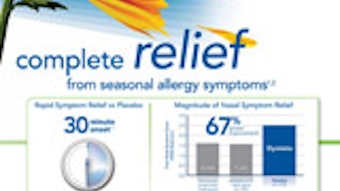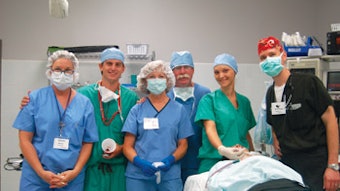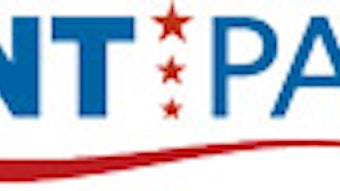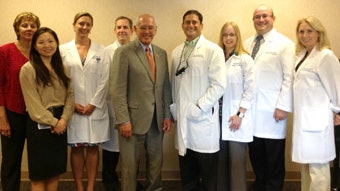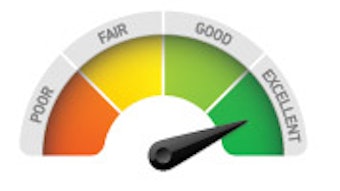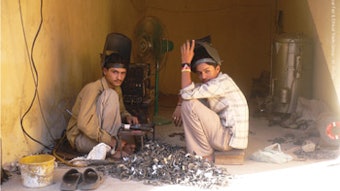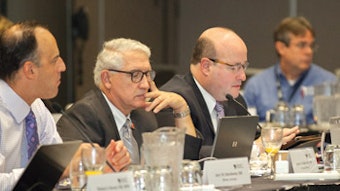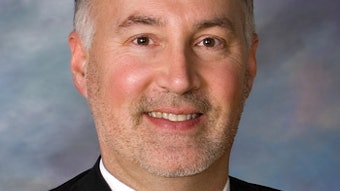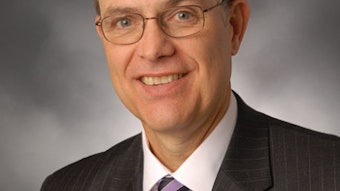On AAO-HNS Membership
I originally joined the American Academy of Otolaryngology—Head and Neck Surgery in 1980. Aside from my decision to go to medical school, this was the best decision that I have ever made for my professional development! As a Resident My journey with the Academy began when Byron J. Bailey, MD, a past president of the AAO-HNS, sent us as residents to the meeting in Dallas, TX, in 1977. My mentor, the late Cary N. Moon, MD, of Charlottesville, VA, was a candidate for the presidency in 1980 as I completed my residency; he encouraged me to join the Academy. It was a natural extension of my professional growth to join and attend. From the perspective of continuing education and professionalism, there was no question I would join and attend most annual meetings. The fact that the 1980 meeting was in Anaheim, CA, close to Disneyland, which my young family could visit, had nothing to do with the decision. As a Young Physician Early on, the main benefit was continuing education and networking, although I am not sure we were using the term then. I joined other specialty-related societies, but none has had the scope or reach of the Academy. My first formal role in the Academy was appointment to the Medical Devices and Drugs Committee in 1985. Richard L. Mabry, MD, was the chair and later became a mentor on a number of levels. Several years later, in 1993, I was placed on the Program Advisory Committee, my first education-related service. It was an honor and privilege to be one of the only committee members in community-based, rather than academic, practice. In the late 1980s, I became interested in the Board of Governors (BOG), since I had done work with the Alabama Society of Otolaryngology and, in 1989, was named to the BOG Socioeconomic and Grassroots Committee. At Mid-Career At this point in my career, my practice was mature enough and children old enough (and my wife understanding enough) for me to continue in Academy volunteerism, mainly education and socioeconomic focused. As my father and my professional mentors had explained and led by example, there was a duty to serve the profession and specialty that had done so much for me and my family. As one works with other like-minded people in the Academy, it reinforces the desire to continue and begin to mentor those who follow. My transition from private to academic medicine simply gives me an added perspective and opportunity to help bring along younger practitioners, from the occasional med student to residents to younger faculty. At this stage, the need for continuing education is still there and while there are many venues from which to obtain this, the Academy is still the best single source for me and many colleagues, especially general otolaryngologists. In the research, quality, and health policy spheres, no other organization better represents our specialty than the Academy and—to paraphrase Neil O. Ward, MD, MAL, another mentor and past president—I serve to the best of my ability at the pleasure of the Academy and Mrs. Waguespack.
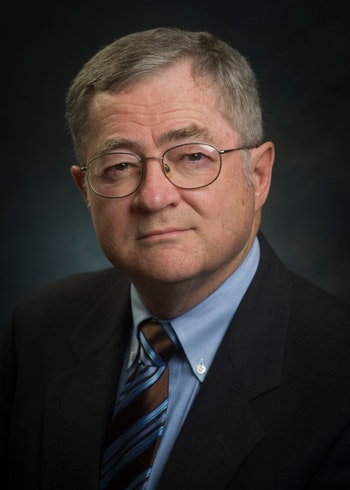 Richard W. Waguespack, MD AAO-HNS/F President
Richard W. Waguespack, MD AAO-HNS/F PresidentI originally joined the American Academy of Otolaryngology—Head and Neck Surgery in 1980. Aside from my decision to go to medical school, this was the best decision that I have ever made for my professional development!
As a Resident
My journey with the Academy began when Byron J. Bailey, MD, a past president of the AAO-HNS, sent us as residents to the meeting in Dallas, TX, in 1977. My mentor, the late Cary N. Moon, MD, of Charlottesville, VA, was a candidate for the presidency in 1980 as I completed my residency; he encouraged me to join the Academy. It was a natural extension of my professional growth to join and attend. From the perspective of continuing education and professionalism, there was no question I would join and attend most annual meetings. The fact that the 1980 meeting was in Anaheim, CA, close to Disneyland, which my young family could visit, had nothing to do with the decision.
As a Young Physician
Early on, the main benefit was continuing education and networking, although I am not sure we were using the term then. I joined other specialty-related societies, but none has had the scope or reach of the Academy. My first formal role in the Academy was appointment to the Medical Devices and Drugs Committee in 1985. Richard L. Mabry, MD, was the chair and later became a mentor on a number of levels.
Several years later, in 1993, I was placed on the Program Advisory Committee, my first education-related service. It was an honor and privilege to be one of the only committee members in community-based, rather than academic, practice. In the late 1980s, I became interested in the Board of Governors (BOG), since I had done work with the Alabama Society of Otolaryngology and, in 1989, was named to the BOG Socioeconomic and Grassroots Committee.
At Mid-Career
At this point in my career, my practice was mature enough and children old enough (and my wife understanding enough) for me to continue in Academy volunteerism, mainly education and socioeconomic focused. As my father and my professional mentors had explained and led by example, there was a duty to serve the profession and specialty that had done so much for me and my family. As one works with other like-minded people in the Academy, it reinforces the desire to continue and begin to mentor those who follow. My transition from private to academic medicine simply gives me an added perspective and opportunity to help bring along younger practitioners, from the occasional med student to residents to younger faculty.
At this stage, the need for continuing education is still there and while there are many venues from which to obtain this, the Academy is still the best single source for me and many colleagues, especially general otolaryngologists. In the research, quality, and health policy spheres, no other organization better represents our specialty than the Academy and—to paraphrase Neil O. Ward, MD, MAL, another mentor and past president—I serve to the best of my ability at the pleasure of the Academy and Mrs. Waguespack.
